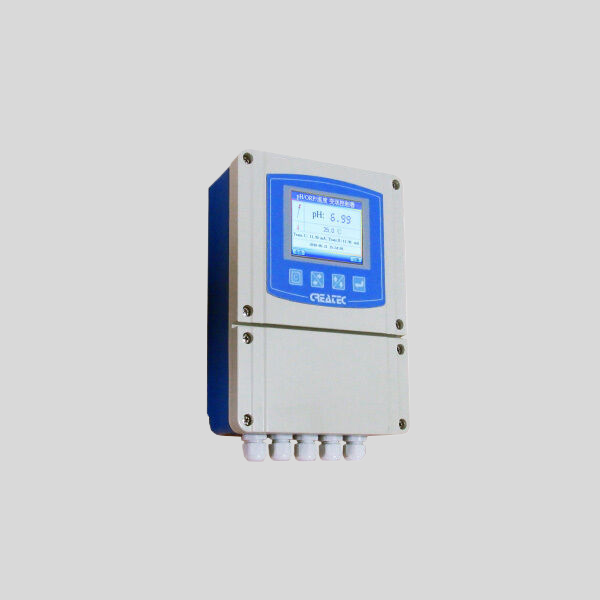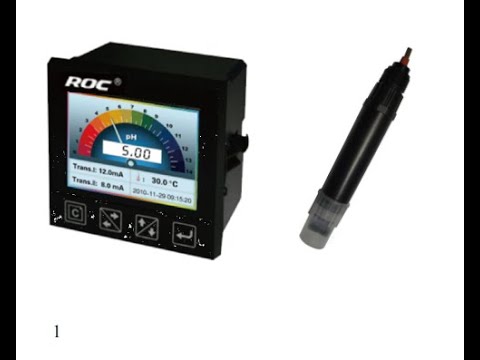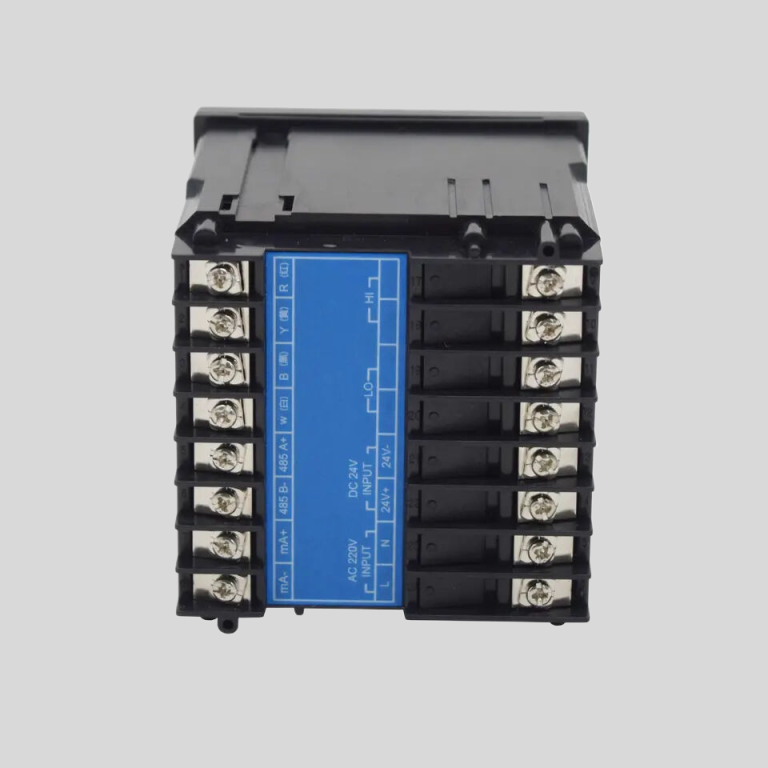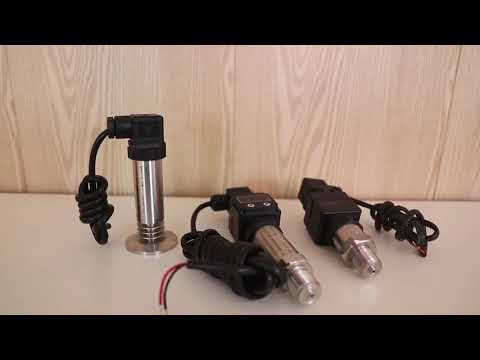Table of Contents
Advantages of Using Ultrasonic Flow Sensors in Industrial Applications
Ultrasonic flow sensors have become increasingly popular in industrial applications due to their accuracy, reliability, and versatility. These sensors use ultrasonic waves to measure the flow rate of liquids or gases in a pipe without the need for direct contact with the fluid. This non-invasive method of flow measurement offers several advantages over traditional flow sensors, making them an ideal choice for a wide range of industrial processes.
| Product Model | MFC-8800 | |
| Communication port | The uplink slave channel Modbus RTU protocol RS485 port is connected with DTU and DCS | |
| Downlink master channel RS485 port of Modbus RTU protocol is connected with data acquisition terminal | ||
| 4~20mA output | 1 channel two-wire type Maximum loop resistance 400Ω | |
| 4~20mA Input | 2 channel channel two-wire type( initiative feed) | |
| DI Input | 2channels Photoelectric isolation logic switch | |
| DO Output | 3 channels relay | 1 SPDT AC220V; 3A(MAX) |
| (only for drive signal) | 2 SPST AC220V; 3A(MAX) | |
| 1channel Photoelectric switch | Proportional pulse/frequency | |
| Load capacity:100mA/DC30V | ||
| Data acquisition | Data acquisition collection,with 3 channels DC24V sensor power supply | |
| Display mode | 3.5”(or 4”)colorful LCD touch screen | |
| Power supply | Wide power range :(12-24)V | |
| Consumption | <5W | |
| Environment requirements | Environment temp:(5~45)℃; relative humidity:≤90%。 | |
| Hole dimension | (91×91)mm hole dimension;panel dimension(100*100)mm | |
One of the key advantages of using ultrasonic flow sensors is their high level of accuracy. These sensors can measure flow rates with precision, providing real-time data that is crucial for monitoring and controlling industrial processes. This accuracy is especially important in industries where even small variations in flow rates can have a significant impact on production efficiency and product quality.
In addition to their accuracy, ultrasonic flow sensors are also highly reliable. Unlike mechanical flow sensors that can be prone to wear and tear, ultrasonic sensors have no moving parts, reducing the risk of malfunction and ensuring consistent performance over time. This reliability is essential in industrial settings where downtime can be costly and disruptive.
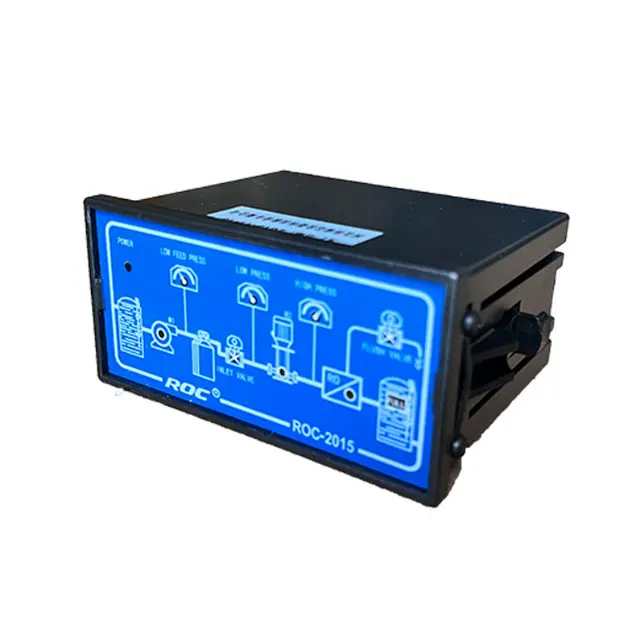
Another advantage of ultrasonic flow sensors is their versatility. These sensors can be used to measure the flow of a wide range of fluids, including water, chemicals, and gases, making them suitable for a variety of industrial applications. They can also be easily installed in existing piping systems without the need for extensive modifications, making them a cost-effective solution for many industries.
| Model | pH/ORP-9500 pH/orp meter |
| Range | 0-14 pH; -2000 – +2000mV |
| Accuracy | ±0.1pH; ±2mV |
| Temp. Comp. | Automatic temperature compensation |
| Oper. Temp. | Normal 0~50℃; High temp 0~100℃ |
| Sensor | pH double/triple sensor; ORP sensor |
| Display | LCD Screen |
| Communication | 4-20mA output/RS485 |
| Output | High/Low limit triple relay control |
| Power | AC 220V±10% 50/60Hz or AC 110V±10% 50/60Hz or DC24V/0.5A |
| Working Environment | Ambient temperature:0~50℃ |
| Relative humidity≤85% | |
| Dimensions | 96×96×132mm(H×W×L) |
| Hole Size | 92×92mm(H×W) |
| Installation Mode | Embedded |
Furthermore, ultrasonic flow sensors are non-invasive, meaning they do not come into direct contact with the fluid being measured. This not only eliminates the risk of contamination but also reduces maintenance requirements and prolongs the lifespan of the sensor. In industries where cleanliness and hygiene are paramount, such as food and pharmaceutical production, this non-invasive feature is particularly valuable.
Additionally, ultrasonic flow sensors are highly efficient, consuming minimal power and producing little to no waste. This energy efficiency not only reduces operating costs but also contributes to a more sustainable industrial operation. As industries increasingly focus on reducing their environmental impact, the use of ultrasonic flow sensors can help companies meet their sustainability goals.
Overall, the advantages of using ultrasonic flow sensors in industrial applications are clear. From their high level of accuracy and reliability to their versatility and non-invasive nature, these sensors offer numerous benefits that make them an attractive choice for a wide range of industries. As technology continues to advance, ultrasonic flow sensors are likely to play an increasingly important role in optimizing industrial processes and improving overall efficiency.
How to Choose the Right Ultrasonic Flow Sensor for Your Specific Needs
Ultrasonic flow sensors are a crucial component in many industries, providing accurate measurements of liquid flow rates without the need for invasive installation or maintenance. These sensors use ultrasonic waves to measure the velocity of a liquid flowing through a pipe, making them ideal for a wide range of applications, from water treatment plants to industrial processes.
When choosing the right ultrasonic flow sensor for your specific needs, there are several factors to consider. The first consideration is the type of liquid you will be measuring. Different ultrasonic flow sensors are designed to work with specific types of liquids, such as water, oil, or chemicals. It is important to choose a sensor that is compatible with the liquid you will be measuring to ensure accurate and reliable results.
Another important factor to consider is the size of the pipe through which the liquid will be flowing. Ultrasonic flow sensors come in a variety of sizes to accommodate different pipe diameters, so it is essential to choose a sensor that is the right size for your specific application. Installing a sensor that is too large or too small for the pipe can result in inaccurate measurements and unreliable data.
In addition to considering the type of liquid and pipe size, it is also important to think about the flow rate of the liquid. Different ultrasonic flow sensors have different measurement ranges, so it is crucial to choose a sensor that can accurately measure the flow rate of the liquid in your system. If the flow rate exceeds the sensor’s measurement range, the sensor may not be able to provide accurate data, leading to potential issues with your system.
Furthermore, it is essential to consider the environmental conditions in which the ultrasonic flow sensor will be operating. Some sensors are designed to withstand harsh environments, such as extreme temperatures or high levels of humidity, while others may be more suited for indoor use. Choosing a sensor that is appropriate for the environmental conditions in your facility will help ensure the sensor’s longevity and accuracy.
When selecting an ultrasonic flow sensor, it is also important to consider the installation requirements. Some sensors are designed for easy installation, while others may require more complex setup procedures. It is essential to choose a sensor that can be easily installed in your system to minimize downtime and ensure accurate measurements.
Finally, it is crucial to consider the overall cost of the ultrasonic flow sensor. While it may be tempting to choose a sensor based solely on price, it is important to consider the long-term costs associated with the sensor, such as maintenance and calibration. Investing in a high-quality sensor from a reputable manufacturer may cost more upfront but can save you money in the long run by providing accurate and reliable measurements.
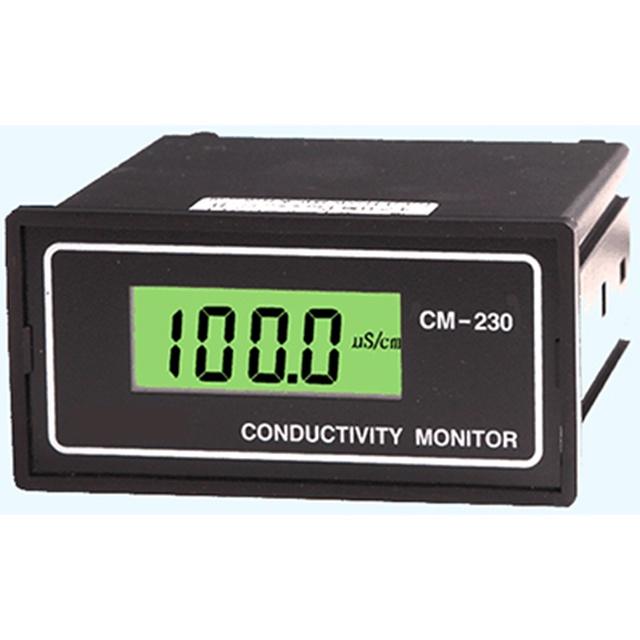
In conclusion, choosing the right ultrasonic flow sensor for your specific needs requires careful consideration of several factors, including the type of liquid, pipe size, flow rate, environmental conditions, installation requirements, and cost. By taking the time to research and evaluate these factors, you can select a sensor that will provide accurate and reliable measurements for your system.

